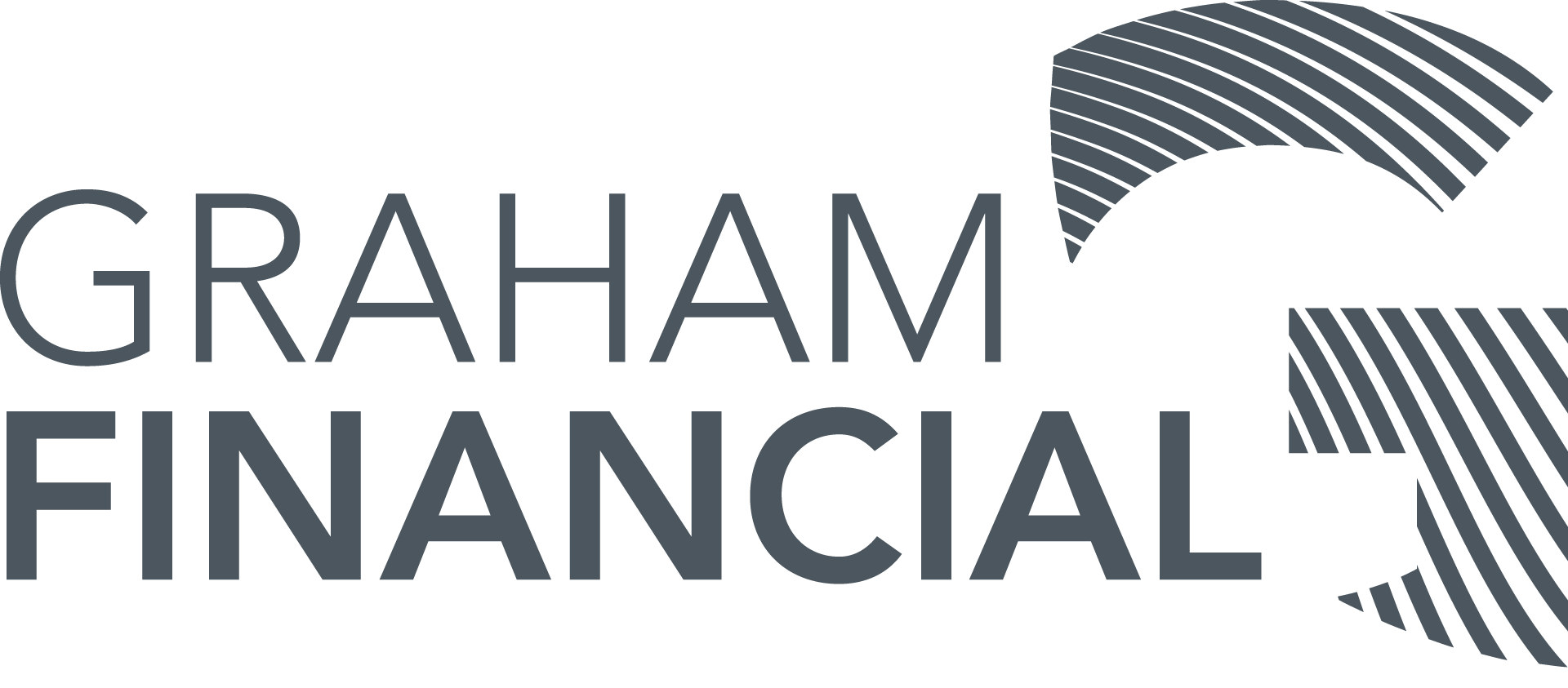Budget 2025 - Spend, baby, spend!
The budget has been largely overshadowed by the announcement of the election on 3 May 2025. The daily news cycle is much better suited to covering soundbites and the antics of politicians as they try to grab your attention — and hopefully, your vote.
The narrative of the budget, as delivered by Dr. Chalmers, is one of a nation in crisis — a budget handed down in an environment where the Government is morally obligated to come to the aid of its citizens. However, the measures continue to lock in structurally higher spending and budget deficits for the medium term.
The cavalier nature of the spending commitments in this budget is worrying, especially as it contrasts starkly with the budget delivered by Dr. Chalmers just a year ago.
In the 2024 budget, Treasurer Jim Chalmers emphasized the need for fiscal restraint and responsible economic management. He drew from the concerns raised in the 2023 Intergenerational Report, which highlighted significant future pressures on Government spending due to an ageing population, rising healthcare costs, and increasing demand for aged care and disability services.
Despite these warnings, the 2025 budget reveals a notable increase in actual spending. Government spending as a share of GDP is expected to average 26.7% over the longer term — an historical high well above the pre-COVID average of 24.8%.
Successive budgets had forecast lower revenue and have been pleasantly surprised by significantly larger revenue flows from higher personal tax collections and elevated commodity prices. These are welcome — albeit temporary — surprises. However, in setting the budget, the Government has used these temporary windfalls to increase permanent spending commitments.
For example, the budget estimates that ‘growth’ in NDIS spending will be 8% and decrease over the next decade. Putting aside the validity of such an estimate (growth has never been below 10% to date), the spending these forecasts relate to is not temporary.
As long as we keep getting revenue surprises, this cavalier approach to spending might be sustainable. But what happens when the revenue surprise goes against us?
Spending 26.7% of GDP on Government expenditure only holds if revenue remains consistent. If unemployment rises or commodity prices fall, revenue also falls. A material drop in revenue could easily push that 26.7% figure closer to 30%. What then?
When will Australians be treated like adults and told the truth? Dr. Chalmers acknowledged this issue in 2024 — that we need to take responsibility for our expenditure today, rather than relying on future generations to pay for our profligacy.
The 2025 budget forecasts deficits for the next decade — despite record revenue and historically high terms of trade. When will we see a Government prepared to address these underlying deficits while the economic conditions are still in our favour?
When the budget goes into deficit, the money a politician promises is borrowed money. The question all politicians should be asked over the next five weeks: Why do you believe that our kids — and yours — should pay for the spending decisions of today?
Budget Measures announced and passed in the Senate bill
Taxation
All taxpayers will receive tax cuts starting from 1 July 2026. The 16% tax rate on taxable income between $18,201 and $45,000 will reduce to: 15% from 1 July 2026, and 14% from 1 July 2027.
This will mean super guarantee payments made by employers will be taxed at a higher rate than the marginal tax rate up to $45,000.
Cost of living
Energy bill relief extended for six months: All Australian households and eligible small businesses will receive an additional energy rebate of $150. The rebate will be automatically applied to electricity bills between 1 July and 31 December 2025, in two quarterly instalments of $75. It’s expected that the eligibility rules that apply to small businesses will remain unchanged.
Student loans to be cut by 20%: Student loans will be reduced by 20% before the annual indexation is applied on 1 June 2025. The changes will apply to all HELP Student Loans, VET Student Loans, Australian Apprenticeship Support Loans, Student Start-up Loans, and Student Financial Supplement Scheme.
Reduced student loan repayments: The income that can be earned before student loan repayments need to be made will be increased from $54,435 in 2024/25 to $67,000 in 2025/26. Repayments will be calculated on only the income earned above the $67,000 threshold, not on total income.
Lower cap for PBS medicines: The maximum cost of Pharmaceutical Benefits Scheme (PBS) medicines will decrease from $31.60 to $25 per script from 1 January 2026. Pensioners and Commonwealth concession cardholders will still only pay the subsidised rate of $7.70 per PBS script until 1 January 2030.
Medicare bulk billing incentives: Incentive payments will be introduced to expand bulk billing to all Australians from 1 November 2025. Also, a new Bulk Billing Practice Incentive Program will be introduced for general practices if they bulk bill every visit under Medicare.
Expanded ‘Help to Buy’ program: The Help to Buy program is expected to commence later in 2025. The Commonwealth will provide an equity contribution up to 30% of the purchase price of an existing home and up to 40% of the purchase price of a new home. The income cap and property price caps used to determine eligibility will increase. For singles, the income cap will increase from $90,000 to $100,000. For joint applicants (and single parents), the income cap will increase from $120,000 to $160,000. The property price cap depends on the location of the property.
Social Security
‘3-day guarantee’ for childcare subsidy: Families will be eligible for at least 72 hours per fortnight (three days per week) of subsidised Early Childhood Education and Care (ECEC) without having to meet certain activity requirements (such as paid work, volunteering, and studying). This measure is legislated to start from 1 January 2026.











